Hi everyone!
Happy October! Before we get into today’s post, I’d like to make a quick announcement that I’ve decided to change the cadence of this newsletter from biweekly to monthly. In consideration of my current workload, I feel that publishing on a monthly basis will help me to continue to associate this newsletter with fun, curiosity and knowledge-sharing (rather than deadline or pressure), and I would like to keep it that way. Thank you for your understanding :)
For today’s post, I wanted to share some awesome things I learned about the making of an opera. This weekend, I attended an open house by Opera Atelier at the Elgin Theatre in Toronto, and I am so awe-inspired by the amount of care, thought and work that goes behind the scenes.
Opera Atelier is an opera company based in Toronto which specializes in period opera, and they do these wonderful open houses where students (and more recently, the general public) can learn about what it takes to create an opera. If you wish, you can learn more on the Opera Atelier website.
Here are a few things I learned today about the making of an opera:
There is a reason why opera is one of the most expensive art forms on the planet.
Have you ever wanted to go to an opera but decided not to because it felt just a bit too expensive? Same here, but now I understand why. There is a lot that goes into this, but TLDR: It costs a lot to make opera in the first place.
For example, each mask you see in the below photo costs about $1500, and each one is custom-made to the performer’s face by a professional mask-maker. And this is just one small part of the entire production.
Props play a big role in the storytelling.
Costumes are an obvious way to communicate about a character, but I also learned that props play just as important role. For instance, if someone comes on the stage holding the staff that is pictured on the right, one would be able to immediately tell that that someone is Hermes, the messenger of the Olympic gods, because of this caduceus.
Opera costume designers take inspiration from artworks of the period the opera is from.
The next production from Opera Atelier will be Handel’s Acis and Galatea, and Acis’s costume was partly inspired by the following 18th-century artwork “Shepherd Piping to a Shepherdess” by François Boucher.
What the final costume looks like for Acis (on the left):

Silk is the preferred material for stage costumes.
According to Gerard Gauci, Opera Atelier’s Resident Set Designer & Art Director, silk (rather than synthetic fabric) is the preferred material for stage costumes because of its versatility and the way it looks in the light.
Here is a picture of the beautiful costumes, and look at the floor painting! Gorgeous!
Handel’s Acis and Galatea has never been out of production since it was created in the 18th century.
Acis and Galatea that will be produced by Opera Atelier was created by George Frideric Handel, German-British Baroque composer, in 1718, and it has been continuously in production ever since.
Acis and Galatea comes from Ovid’s Metamorphoses, and it tells the story of the water nymph Galatea and her love for the Arcadian shepherd Acis. It is called a pastoral opera because of its depiction of pastoral/rural life.
Many operas are not sung in English, but this production will be in English and at 2 hours (including the intermission), it sounds like a wonderful representation of some of the finest storytelling from the 18th century.
If you live in or around Toronto and would like to see Acis and Galatea, you can learn more and purchase tickets on the Opera Atelier website.
Big thanks to the Opera Atelier team for this amazing opportunity to learn about the making of an opera, and thank you, dear reader, for making it to the end of this post! If anything here stood out to you, please let me know in the comments. I look forward to seeing you back here on Substack in November.
PS: This was one of my favourite props that I saw today:

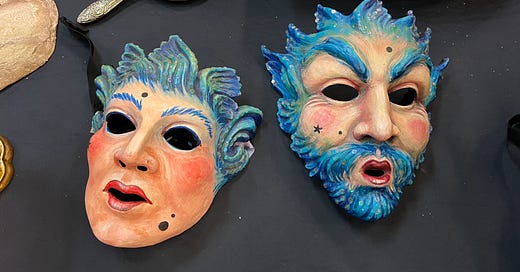



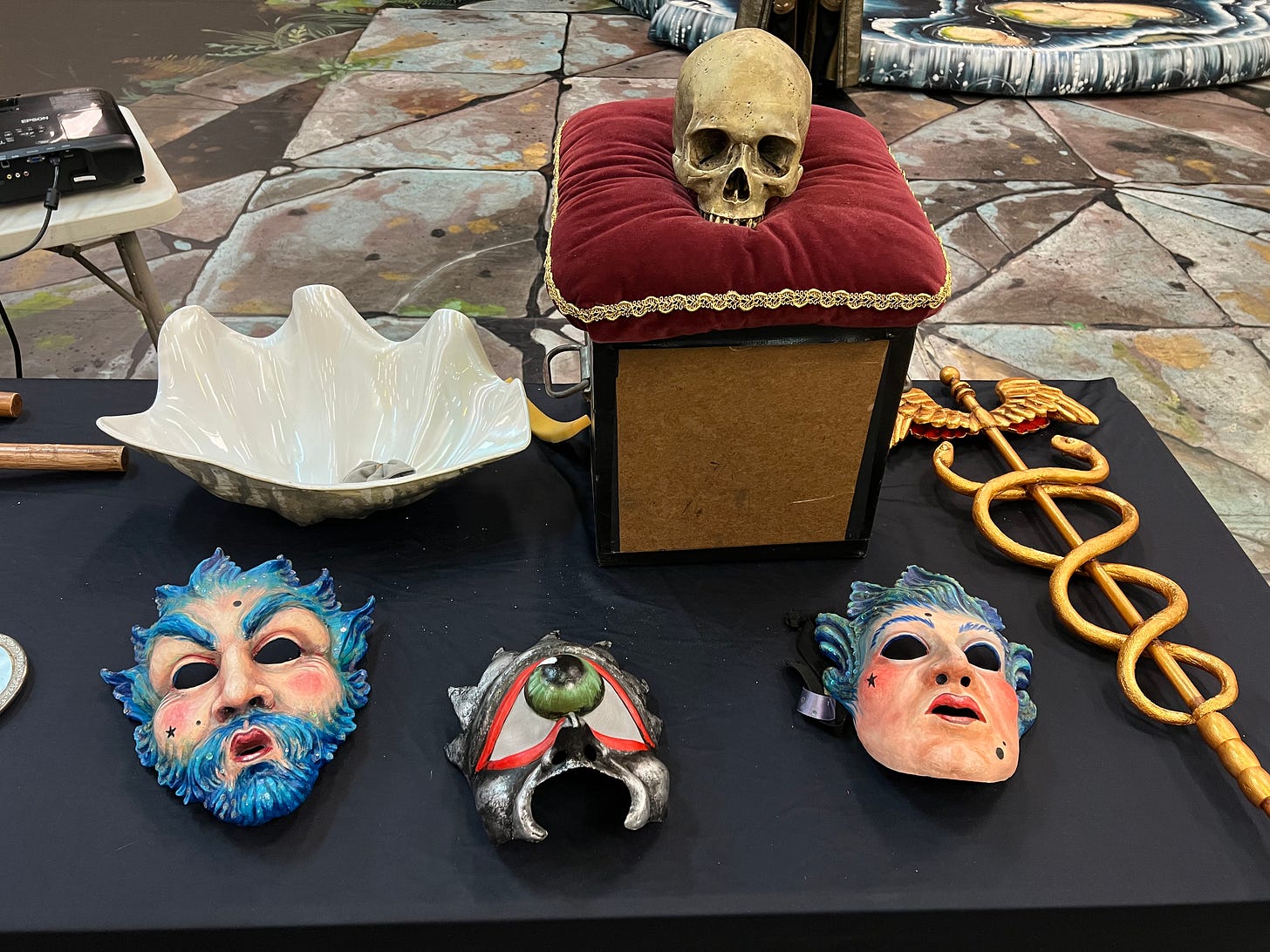
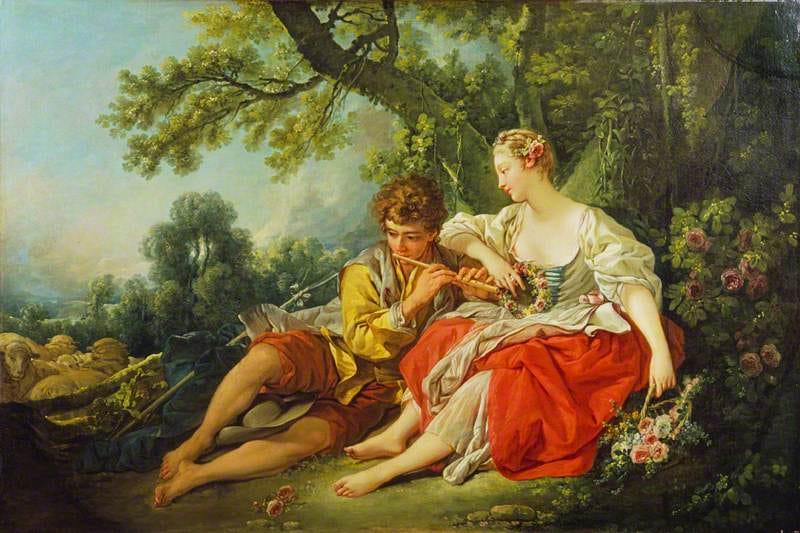
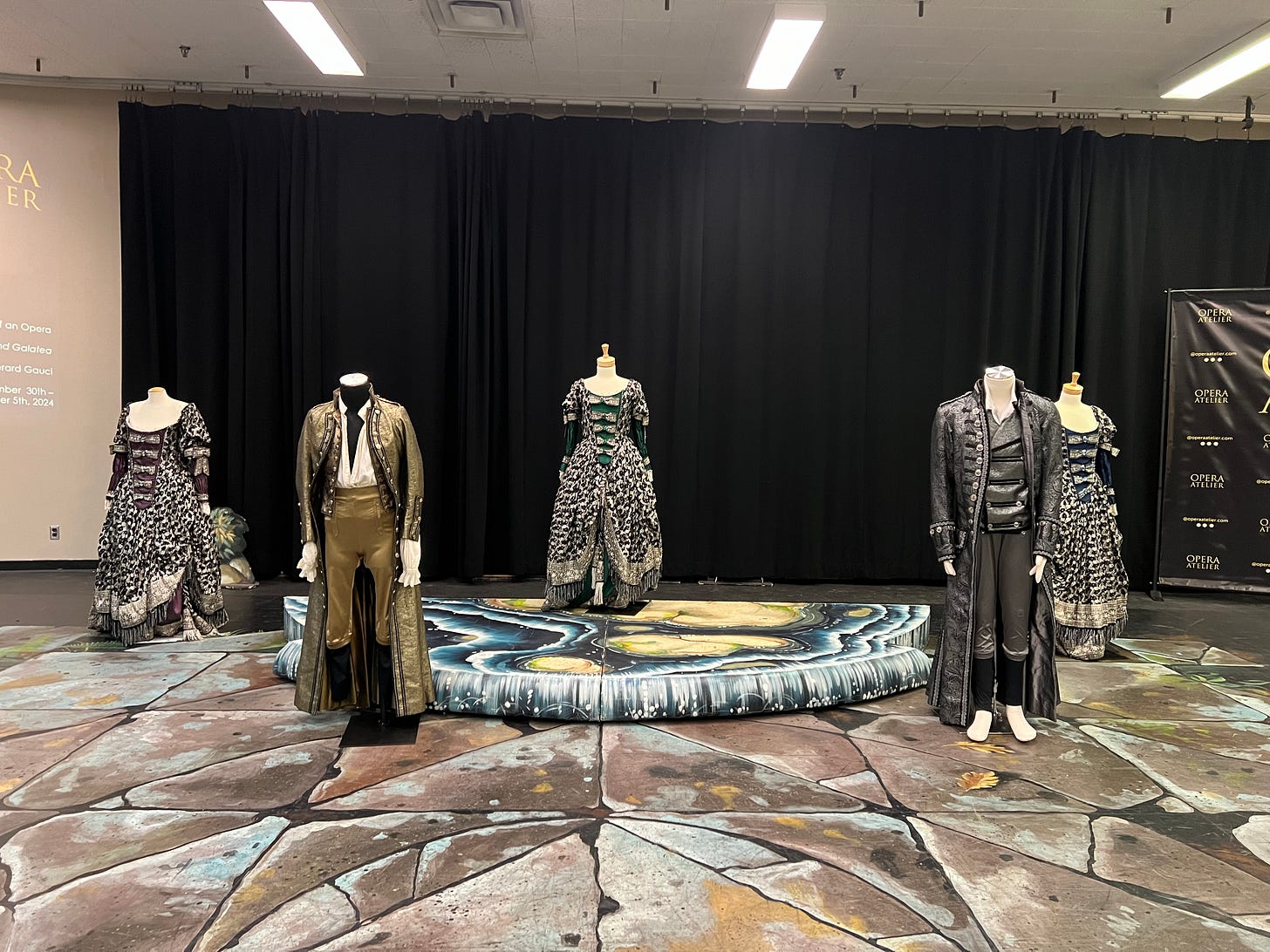
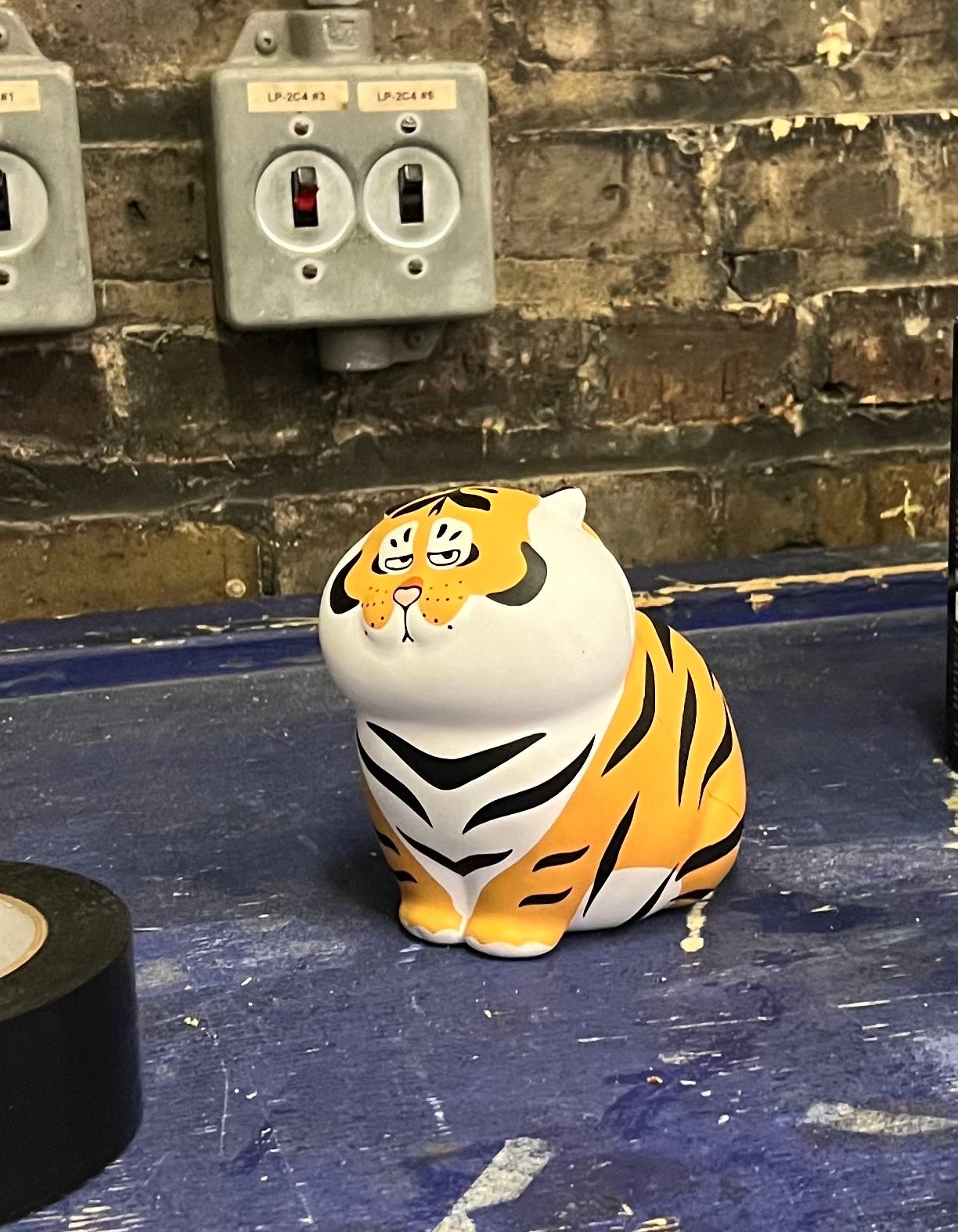
This was such an insightful read! I've always wanted to attend an Opera but never thought about the work that goes into it. So, this was great! Thank you for writing this, Saran. Also, I'm glad you've decided not to compromise the quality of your writing to maintain a schedule. I can't wait to come back next month and read another great piece from you❤
An opera production of Acis and Galatea, agh! It was one of my favorites from The Metamorphoses. Thank you for writing and sharing about it (I’ll see if my budget can accommodate xD) Looking forward to what new and interesting thing you’ll write about in the next newsletter ✨